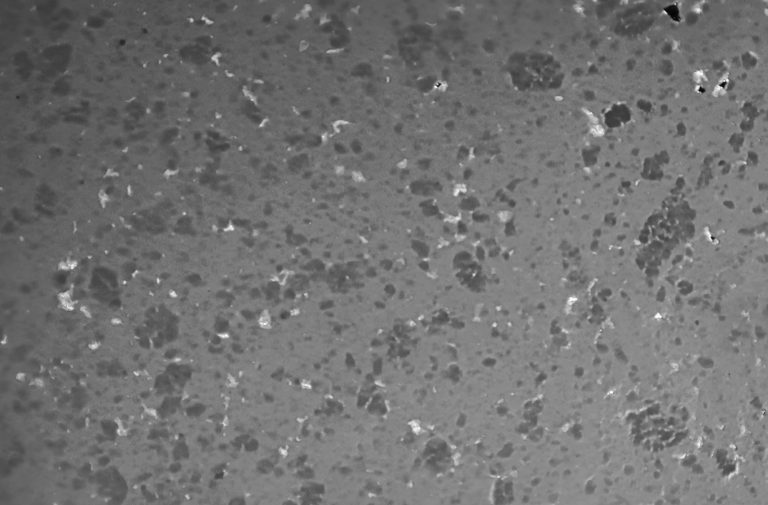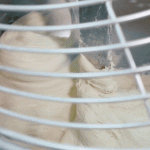Sobatech proclaims to be the specialist in creating homogeneous masses; but what is dough homogeneity and how do we measure it?
LIQUID COLORING
Evidently, there are multiple ways to measure dough homogeneity. During trials at Sobatech’s testing facility, we sometimes simply dose a few drops of liquid coloring into the dough to see how the coloring diffuses into the product. Please see below pictures for some of the results.
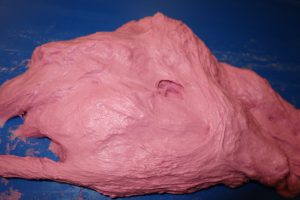
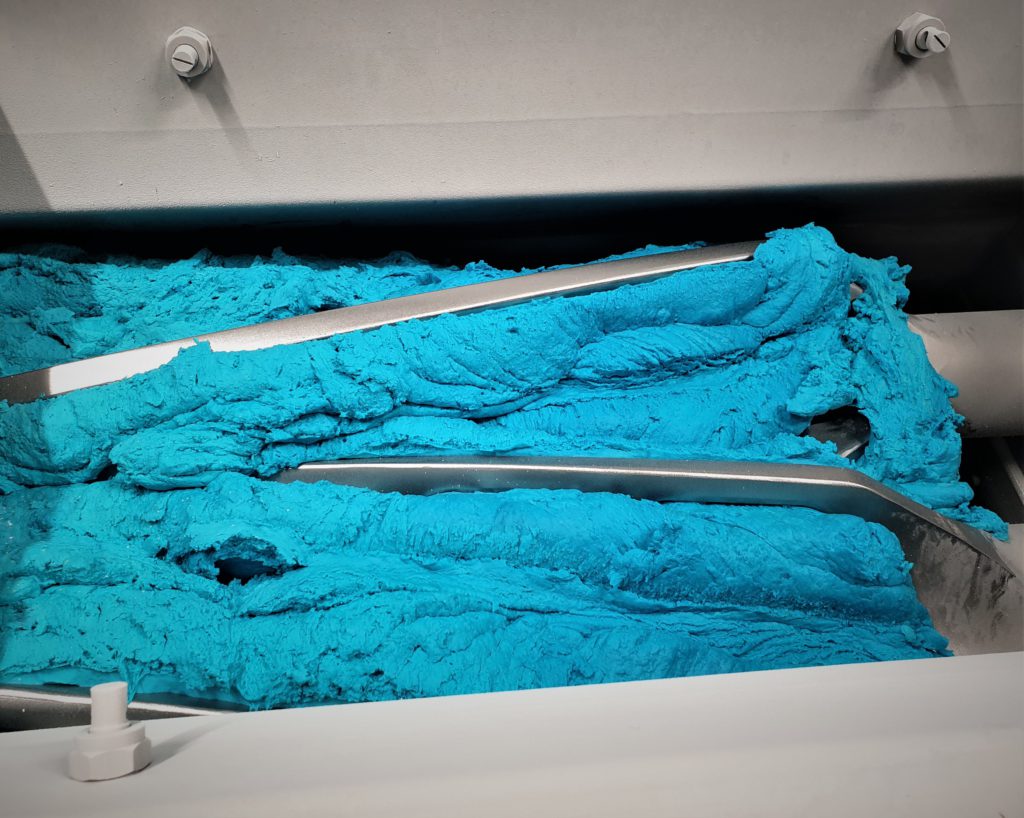
OVAL GLASSES
Another way to measure dough homogeneity is to take a small amount of product and put it in between two oval glasses. The dough is pressed in between the glasses and hold against bright day-light. This allows to closely analyze the mass, its texture and possible lumps or other inconsistencies.
EXPERIMENT
To show the effectiveness of this measure, we executed a small experiment. A liquid dough consisting of water and a powder premix was created. Thereafter, we treated the dough with three separate mechanical forces:
- 10 minutes on a spiral batch mixer
- A pass through a Sobatech continuous mixer including low shear tooling
- A pass through a Sobatech continuous mixer including wing-shaped tooling (high shear)
Please see below pictures for the results.
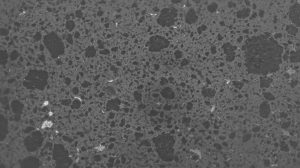
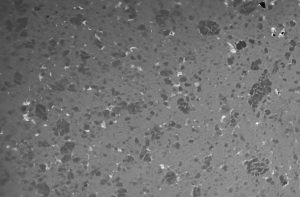
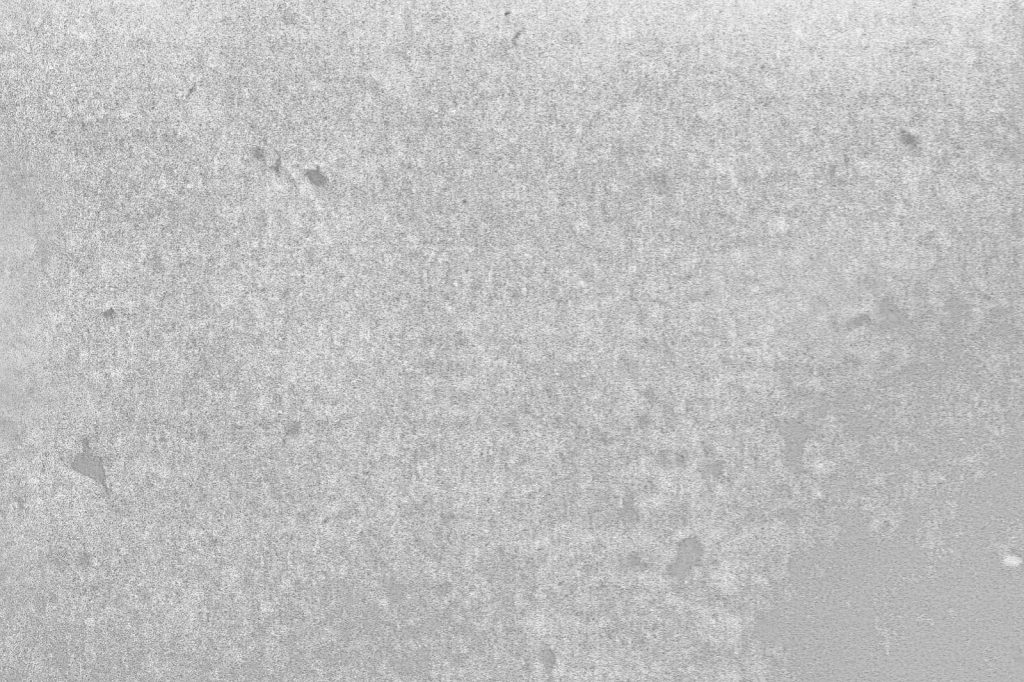
As you can see, picture 2 shows less lumps and inconsistencies compared to picture 1. Picture 3 shows limited to no inconsistencies.
CONCLUSION ‘it is all about shear force’
All in all, it can be concluded that the best blender is actually a kneader. Put differently, a certain amount of shear force is required to disclose lumps (pieces of flour capsulized by liquid ingredients). Sobatech designed a new type of high shear tooling, called the wing-shaped mixer tool. This mixer tool has a relatively high shear surface which provides a gentle but high level of kneading intensity.

